Category: Early Christianity
The cross is thought to date back to the late seventh century, an early period in the development of Christianity in the area, which spread here from Northumberland. It has been recognised as one of the most important early Christian crosses in Britain.
Rosslyn Chapel is touted as being one of the most mysterious places in Scotland, especially with the current gloat of books purporting to show how hidden secrets lurk within every crack of stone at this venerated place. Anybody who has ever visited the chapel may feel that it deserves its current status, and I must confess the atmosphere even on a busy day is something to be experienced.
The abbey was founded in early part of the 13th century by the Cistercian monks, and was one of the grandest in Wales at its height. It was seen as a centre of education and political activity. The abbey was destroyed during the reformation.
St David’s Peninsula is supposedly the landing place of Twrch Trwyth, the magical boar told in the story of Culhwch and Olwen in the Mabinogion, King Arthur features heavily in the story. It is also the place where St Patrick is said to have sailed for Ireland to convert them to Christianity.
This tiny chapel hidden in a deep ravine in the rocks dates from the thirteenth century. There may have been a chapel or religious structure here in the fifth century making it one of the earliest places of Christian worship. It has been suggested that the chapel was part of a larger Hermitage but its history is unclear.
The island is also known as the island of the currents and the saints. There are said to be the graves of 20,000 saints interred on the island, and legend suggests that anybody buried here will not go to hell no matter how wicked his deeds.
This island is connected by a sandy beach to Anglesey, and was home in the Dark Ages to a religious community, founded by the female Saint Dwynwen. St Dwynwen is a patron saint of Welsh lovers, and after her death the island became an important place of pilgrimage.
Spynie Palace was the seat of the bishops of Moray for over 500 years; the atmospheric ruins now a shell of its former glory. The Palace – like many old historical buildings – has its share of traditions and ghost stories.
Situated on an island in the middle of Lake Menteith, the only ‘Lake’ in Scotland, Inchmahome Priory is a ruined Augustine (The Black Cannons) priory founded in 1238 by Walter Comyn, who was the Earl of Menteith. The Earl is likely to have founded the monastery for the good of his soul, and to show of his status as an important landowner.
The ruins of this relatively little known abbey are remarkably intact, and stand in a part of Ayrshire steeped in history. As well as being historically interesting there are many enigmas associated with the abbey, which could well be worth further research. There may have been a Pictish site here, and some people suggest that the abbey may have a Templar connection.

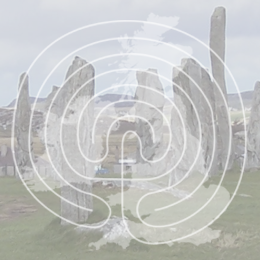
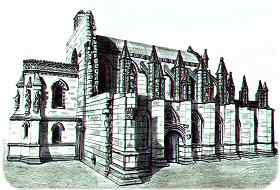
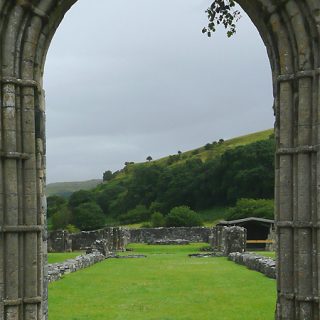
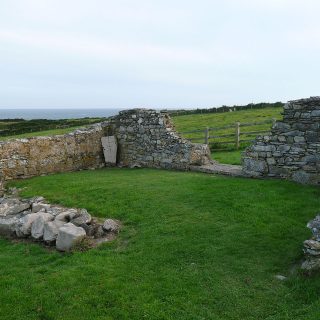
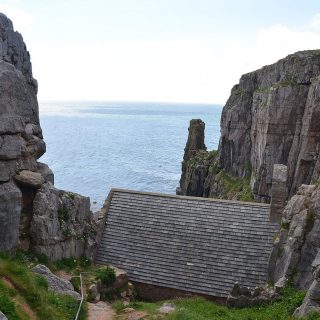
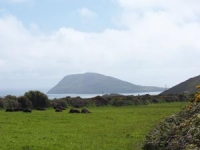
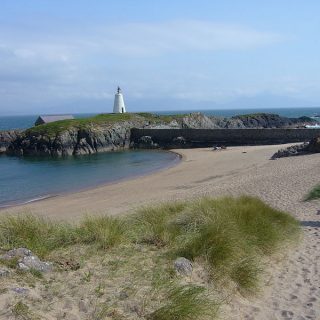
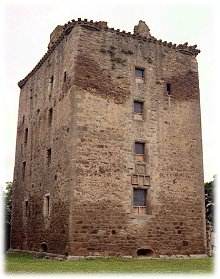
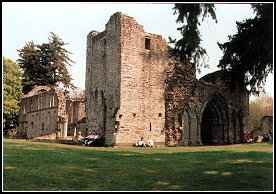
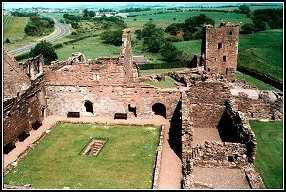
Recent Comments